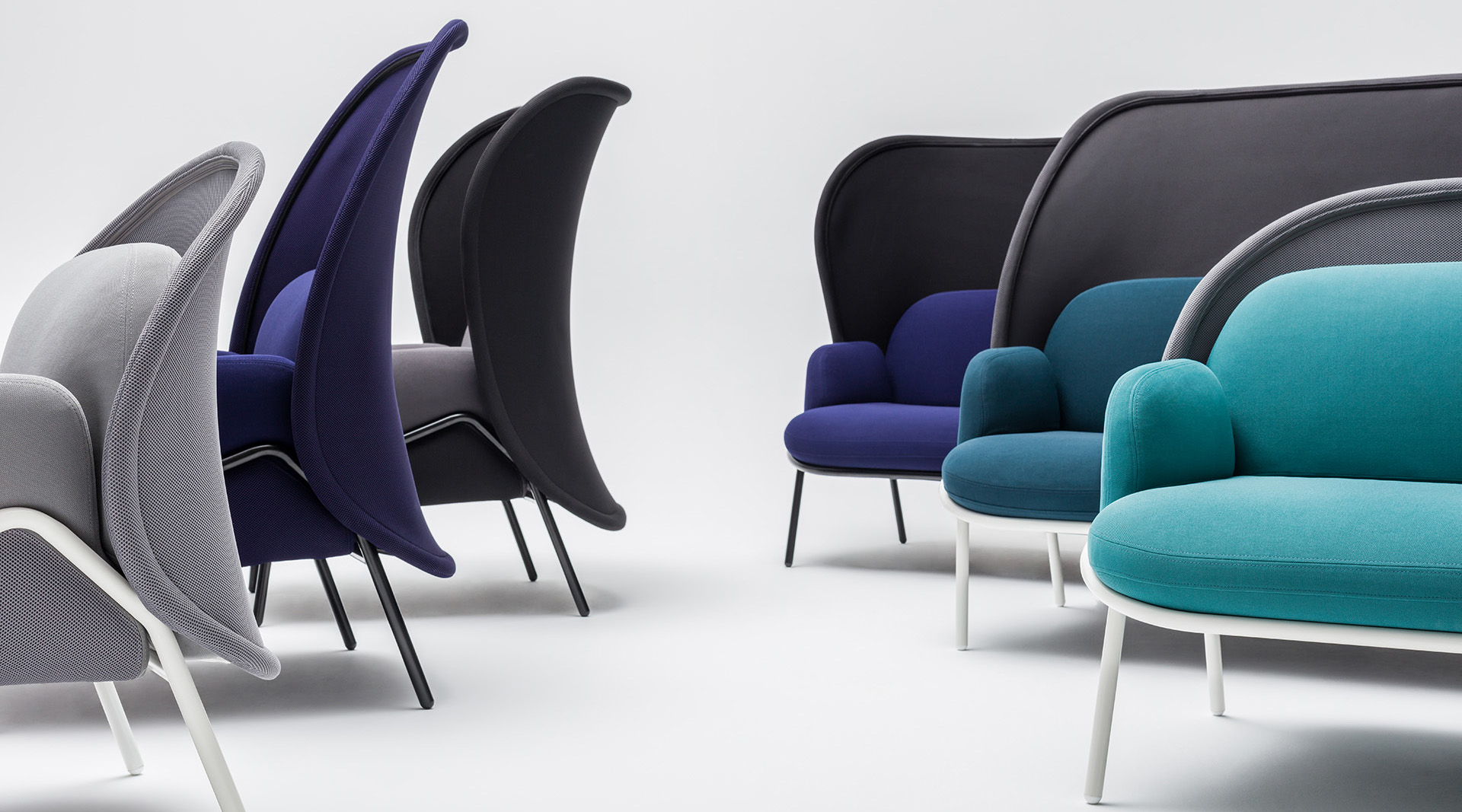
Proper furniture care
RULES FOR THE USE AND MAINTENANCE OF FURNITURE
The daily protection and care of furniture is a guarantee of your satisfaction and the possibility of using it for many years. Every piece of furniture, regardless of the material it is made of, requires appropriate treatment and the user's efforts to keep it looking good throughout its life. If furniture is not cleaned properly, it will wear out much quicker, so it is worth knowing a few rules and avoiding mistakes that could result in damage to the furniture. Below you can find the rules for the care and maintenance of our furniture.
The use and maintenance of furniture that does not comply with the guidelines below may be grounds for rejection of a possible claim.
Safety rules
General rule
- the furniture should be used in accordance with its intended use, in rooms protected against the influence of harmful atmospheric conditions, at temperatures between +15 and +35 degrees C,
- do not place the furniture in the direct vicinity of heat sources,
- do not use the furniture in conditions of high humidity or in places exposed to direct sunlight;
Assembly requirements
- follow the assembly instructions, working on a clean and level floor free of foreign matter,
- the fittings are to be mounted on a firm base,
- before using the furniture it is necessary to level it;
Safety and usage requirements
- do not move the furniture with a full load,
- do not move the furniture held by the tabletops,
- protect cabinets and shelves from toppling and falling,
- do not overload shelves, tabletops and seats,
- do not stand on furniture,
- do not hang cabinets directly over workstations,
- do not leave drawers and cabinet doors open,
- do not touch the halogen or incandescent lighting used in furniture directly with your hand,
- do not sit on armrests and backrests of chairs,
- do not lean or rock on the chairs;
Furniture care and maintenance
- do not allow furniture to be flooded, any liquids spilled on furniture surfaces should be removed immediately
- do not place heated objects on the work surfaces (use coaters),
- do not allow heavy soiling of furniture - immediately remove all soiling, stains and spots from juices, meals, sauces and other liquids, do not wait until they are dry,
- use thick pads for flowerpots, plates, cups and other items that may risk flooding the surface of worktops, cupboard rims or shelves,
- be careful when placing hot, hard or sharp items on the surface of the furniture as these can damage the surface,
- remove dirt and dust with a soft cloth (cotton) moistened with clean water, wipe the furniture dry after cleaning,
- do not clean with caustic or abrasive chemicals,
- do not use any polishing or greasing agents for maintenance,
- glass elements should be cleaned with glass cleaners, using delicate fabrics,
- clean upholstered surfaces with a soft cloth or vacuum using a soft brush,
- clean plastic surfaces such as hard chair seats and caps only with clean water and a little soap or with a plastic cleaner and care product,
- protect the horizontal surfaces of furniture made of solid wood, natural veneers and wood-based materials from direct contact with hot dishes, water, alcohol and solvents,
- fittings used in furniture do not require maintenance, only regular cleaning,
- screws and fittings in chairs and aligners in cabinet doors should be checked and tightened regularly,
- do not tear off the sealing labels of the electrical components and do not open/unscrew components protected by such sealing labels of electrical components yourself.
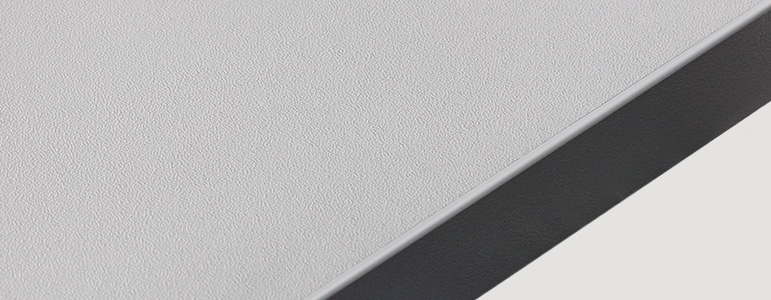
- Use a mixture of water and soap or a mild dishwashing liquid for daily care of the melamine. Clean with a damp cloth and wipe dry.
- Maintenance should be carried out at least once a month, using only products intended for melamine care.
- Do not clean, especially super-mat structure elements (oak) and synchronous structure elements, with alcohol-based agents, glass cleaners and oiling agents in order to avoid irreversible stains.
- Do not use corrosive or scratching chemicals.
- Do not use preservatives, polishes or oils.
- Protect furniture against heat, water, alcohol, and solvents. Do not allow heavy staining to occur.
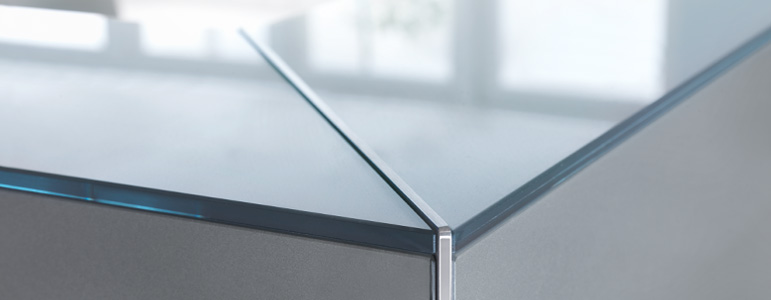
- Use glass cleaners by applying them on delicate fabrics. Subsequently, wipe with dry material until the surface is glossy.
- Do not spray the cleaner directly on the glass, especially at the edges, to prevent liquid from getting under the surface. This can cause paint splashes.
- For better protection of glass surfaces, a hydrophobic coating can be used to prevent smudges or stains.
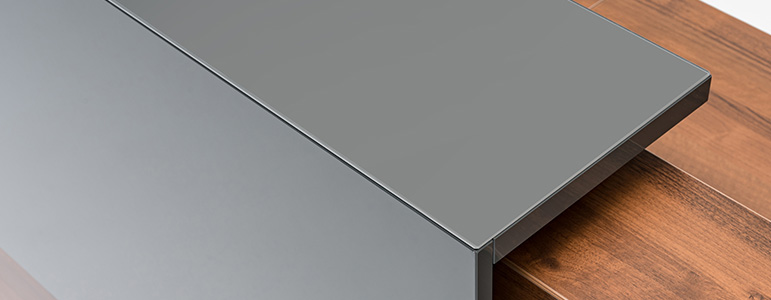
- Remove any dirt and stains immediately, do not allow them to dry out.
- Remove dirt and dust with a damp cotton cloth. Maintenance should be carried out at least once a month. After cleaning, wipe the surface dry.
- When cleaning with a wet cloth, always wipe the surface dry with a microfibre cloth to prevent the paint from crumbling and board swelling.
- Do not use cleaning lotions or products containing acetone, ammonia, and alcohol to clean varnished surfaces.
- Avoid intensive cleaning and excessive polishing, as this may tarnish the furniture.
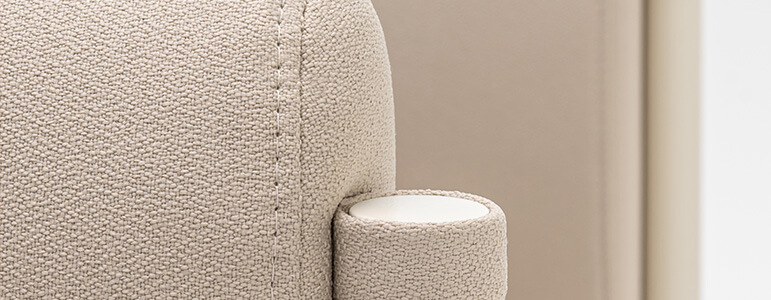
- Vacuum the upholstery regularly to prevent the accumulation of dust and dirt, which can act as an abrasive and cause premature wear of the fabrics.
- For everyday care, use a vacuum cleaner with a soft brush or fabric.
- In case staining occurs, always remove stains as soon as possible before they soak into the fibres. Vacuum before cleaning.
- Most types of stains can be removed with lukewarm water, preferably using a pH-neutral dishwashing detergent. If possible, suck up the stain with a vacuum cleaner instead of rubbing it.
- Always use a clean white cotton cloth soaked in water with a little detergent at a time.
- First of all dry wet stains from excess liquid with a plain white paper towel or a cloth.
- Avoid soaking the upholstery as this can damage the fabric underneath.
- Do not rub the stains too hard.
- When using cleaning products designed for upholstered furniture, always follow the manufacturer’s recommendations for the product.
- Do not use a dryer to accelerate drying and do not use strong detergents.
- Avoid drying fabrics in the sun.
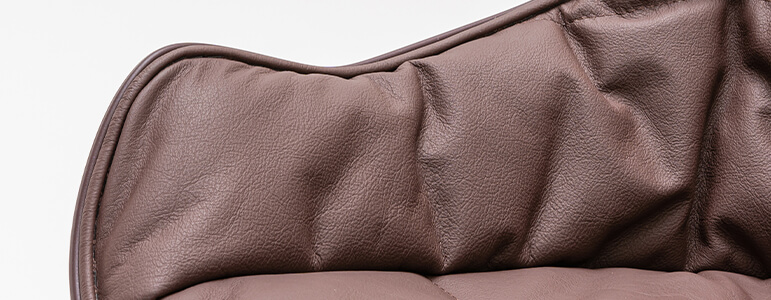
- Natural leather has a protective layer, but the use of inappropriate cleaning agents can cause colour changes to leather surfaces. Therefore, do not use cleaning agents that contain alcohol, ketones, xylene, acetates or solvents (white spirit / mineral spirits).
- Protect leather upholstery from direct sunlight to prevent it from drying out.
- Maintenance of leather furniture depends on the intensity of its use.
- For everyday care use a mixture of water and soap with a neutral pH.
- Any stains or dirt should be removed immediately with a clean, dry, soft cloth or a plain white paper towel. Then rinse with a wet cloth. Use a mixture of water and pH-neutral liquid soap. Rinse the surface with clean water and then dry with a clean cloth.
- Remember to regularly maintain leather surfaces in addition to daily care. Use leather care products and always follow the recommendations of the manufacturer of the product used.
- (Detailed information on leather cleaning can be found on the websites of upholstery leather manufacturers.
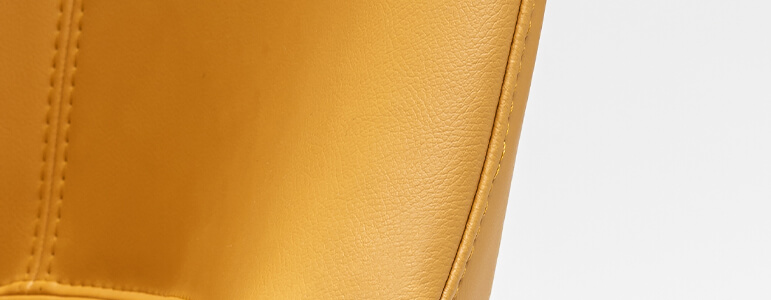
- For everyday care use a mixture of water and soap with a neutral pH.
- Any stains or dirt should be removed immediately with a clean, dry, soft cloth or a plain white paper towel. Then rinse with a wet cloth. Use a mixture of water and pH-neutral liquid soap. Rinse the surface with clean water and then dry with a clean cloth.
- Protect the furniture from direct sunlight to prevent the artificial leather from drying out.
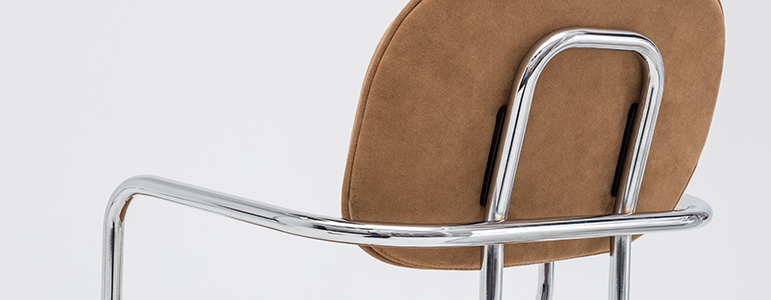
- Powder-coated metals are durable surfaces, but can be sensitive to oxidation and scratching.
- For everyday care of metal surfaces use a mixture of water and soap for daily care. Clean with a soft damp cloth and wipe dry. Do not use hard brushes or wire brushes.
- In the event of deep damage to the topcoat of the paint, the damaged area must be protected against moisture using mortar varnish. If corrosion has occurred at the site of damage, clean the metal of rust beforehand.
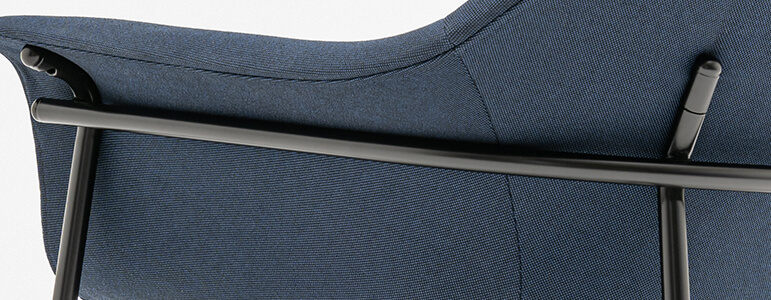
- Use a mixture of water and soap to clean the chrome parts. Clean with a damp cloth and wipe dry.
- do not rub chrome with hard brushes or wire brushes, even if heavily stained.
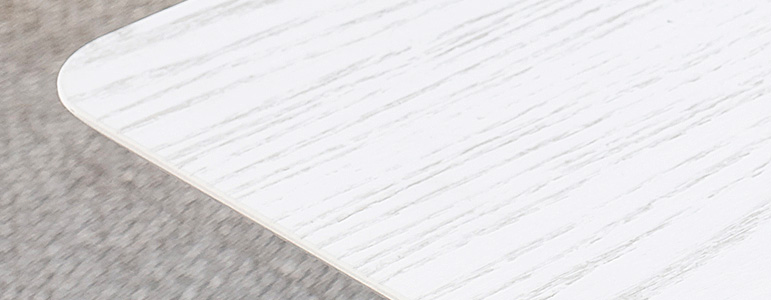
- Veneered furniture is sensitive to scratches and liquids. For their daily care, use a soft cloth gently moistened with water and wiped off.
- It is also acceptable to use water-based furniture care products, but only in accordance with the recommendations of the manufacturer of the product used.
- Do not rub the Surface of veneer too hard to prevent abrasions, scratches or other permanent damage.
- Do not allow moisture to get under the veneer to prevent it from peeling off.
- Do not use alcohol- and ammonia-based cleaners or other chemical solvents that can damage or discolour the veneer.
- Do not use corrosive or scratching chemicals.
- Do not use polishing or oiling preservatives.
- Protect furniture against direct contact with heat, water, alcohol and solvents.
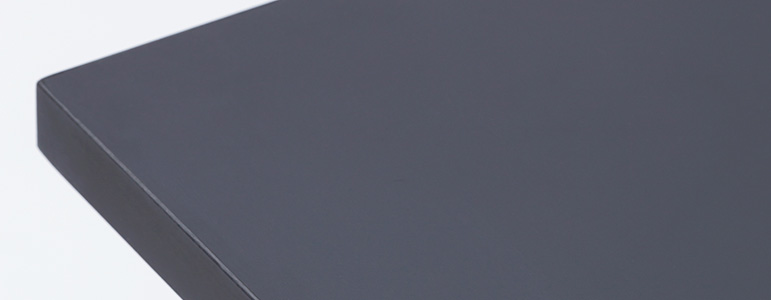
- Use a cloth moistened with warm water for the daily care of surfaces covered with the Fenix laminate.
- It is also possible to use water-based all-purpose cleaners and degreasers. After using them, the cleaned surface should be rinsed with water and wiped dry with a clean cloth.
- Majority of stains can be removed with liquid kitchen degreases and warm water. Detailed instructions for removing various types of stains can be found on the manufacturer’s website: www.fenixforinteriors.com/en-GB/cleaning/removing-stains
- To avoid permanent stains, FENIX-covered surfaces should be regularly maintained. This can be done with warm water, kitchen degreaser, limescale removing cleaning liquid, melamine sponge and a clean cloth. Detailed maintenance instructions can be found on the manufacturer’s website: www.fenixforinteriors.com/en-GB/cleaning/deep-cleaning
- Light scratches on the surface can be thermally healed. To do this, cover the damage with a water-dampened paper towel and heat through it with an iron, then wipe dry with a clean cloth.
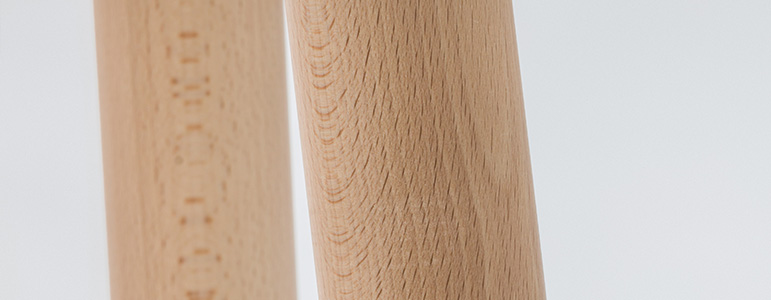
- Use a soft cloth, preferably from natural fibers, to clean the wood.
- Avoid wet cleaning. It is allowed to use a slightly damp cloth. Wipe dry after cleaning.
- The humidity of the air in the room in which the furniture is located should be 40 – 60%
- For cleaning only use agents marked as intended for the care of wooden surfaces.
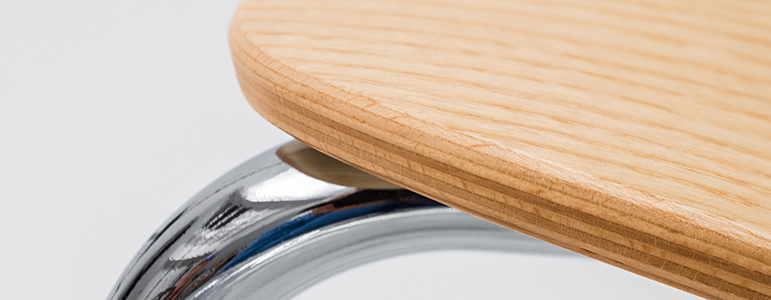
- For everyday care of plywood elements use a soft cloth dampened with warm water. Wipe dry.
- Do not use hard brushes or wire brushes, even if the surface is heavily stained.
- For maintenance use only plywood care products.
-
Regular cleaning
- Clean with a damp cloth; pH-neutral detergents may be used if necessary,
- For frequent cleaning, a mixture of water and neutral soap or wax may be used.
- Remove stains immediately after they appear.
-
Preventive measures and stain removal
- Sharp objects may scratch the linoleum; in case of any doubts, use a soft, e.g. felt pad.
- Remove stains (e.g. coffee, tea, red wine, ink) immediately after they appear.
- Prevent stubborn stains: use protective stands under plant pots, vases, mugs etc.
- To remove stubborn stains, such as ink stains, use a clean cloth and a natural detergent.
- Some stains and discolorations can be removed or made less visible with turpentine or a similar oil dissolvent.
- Do not use any alkaline or alcohol-based cleaning agents, as they might cause damage to the surface.
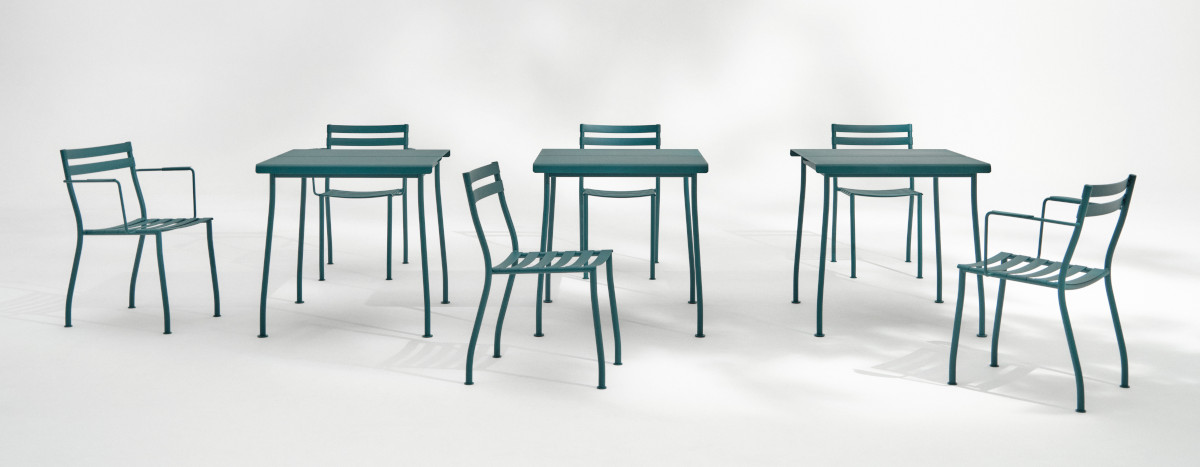
-
Powder-coated metals:
- Galvanised and powder-coated steel furniture has a durable surface, but can be sensitive to oxidation and scratching.
- Furniture is coated with a paint designed for outdoor use, resistant to: UV radiation, rain and humidity, temperature fluctuations, wind and air pollution. The paint should not fade.
- Use a mixture of water and soap for daily care. Clean with a damp soft cloth and wipe dry. Do not use hard or wire brushes.
- If there is deep damage to the top paint, the damaged area should be protected against moisture with a mortar varnish. If corrosion has appeared at the damaged area, clean the metal of rust beforehand.
-
Plastic:
- All plastic elements of the outdoor furniture is made using UV-, rain- and moisture-resistant, frost-resistant plastic, designed for outdoor use.
- Do not allow heavy soiling. Avoid contact with colouring substances as the material may discolour.
- Protect the furniture from alcohol and solvents, as these substances can damage the surface, causing tarnishing, discolouration and even deformation or cracking of the material.
- Clean dirt and dust with a damp cotton cloth. Do not use abrasive sponges, which may scratch the surface.
- Use only cleaning agents designed for cleaning plastic. Do not clean with unsuitable cleaning agents, as strong chemicals, solvents or agents containing bleach can cause discolouration.
- Use a mixture of water and soap or a mild dishwashing liquid for daily care of the plastic. Clean with a damp cloth and wipe dry.
- Maintenance should be carried out at least once a month.
-
Upholstery:
- The fabrics used for the cushions are designed for outdoor use, but it is advised not to leave them outside during rainfall.
- To clean any dirt or to refresh the cushion, remove it from the seat and carry out maintenance according to the rules of the upholstered furniture care.
- Maintenance can be carried out with an impregnator for outdoor fabrics to increase the upholsterys resistance to water and dirt.
-
Storing recommendations:
- The furniture is designed for outdoor use and is weatherproof. In order to prolong their life, the furniture should not be exposed to factors such as rain, water and snow. Protect the furniture in the off-season with a suitable cover or store it in a dry room to avoid micro-damage caused by too low temperatures.
- Metal and plastic surfaces may slightly change colour and lose their shine over time of use.
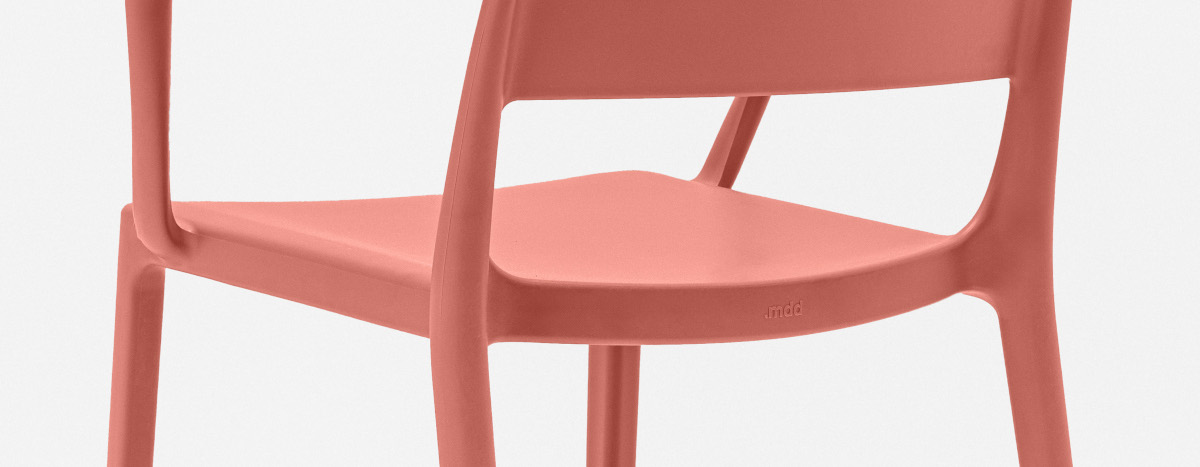
- Do not allow heavy soiling. Avoid contact with colouring substances as the material may discolour.
- Protect the furniture from alcohol and solvents, as these substances can damage the surface, causing tarnishing, discolouration and even deformation or cracking of the material.
- Clean dirt and dust with a damp cotton cloth. Do not use abrasive sponges, which may scratch the surface.
- Use only cleaning agents designed for cleaning plastic. Do not clean with unsuitable cleaning agents, as strong chemicals, solvents or agents containing bleach can cause discolouration.
- Use a mixture of water and soap or a mild dishwashing liquid for daily care of the plastic. Clean with a damp cloth and wipe dry.
- Maintenance should be carried out at least once a month.